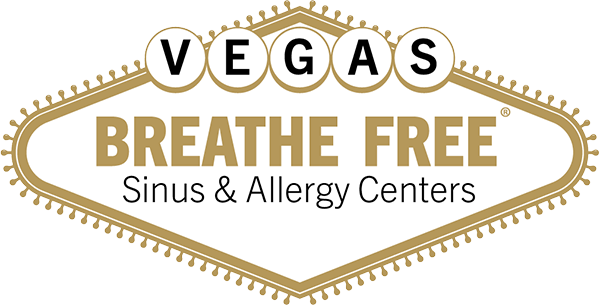What is Endoscopic Sinus Surgery?
If Meds don’t work:
The Problem
Problem sinuses are blocked, trapping infection and bacteria, leading to inflammation that festers or just keeps lingering. Trapped sinuses cause inflammation and pressure (felt as a headache or facial pressure). Trapped sinuses also produce secretions (phlegm, runny nose, or post-nasal drip), which cause a person to clear their throat often.
The Solution
The correction rate for Endoscopic Sinus Surgery is 85%, the same as balloon sinuplasty. Both treatments can be done in an office or a hospital setting.
Facility Options
In-office procedures are much safer for any patient than in a hospital.
No general anesthesia
No anesthesia risks
Resume daily activities faster
No Hospital copayment
No Anesthesiologist copay
Low risk of infection
Ease of scheduling
No fasting needed
VS.
HOSPITAL OR SURGERY CENTER
Yes general anesthesia
Anesthesia risk and side effects (nausea, vomiting)
Slow recovery, days
Yes Hospital copayment ($$)
Yes Anesthesiologist copayment ($$)
Hi risk of infection (MRSA, c. diff, enteroccoccus)
Need for significant and testing ($$)
Fasting required
The recovery for a balloon procedure is a day; the recovery for ESS is a week. Bleeding, pain and follow-up nasal care are all less in a balloon procedure versus ESS. This is because the balloon procedure does not involve incisions and cutting whereas ESS does.

